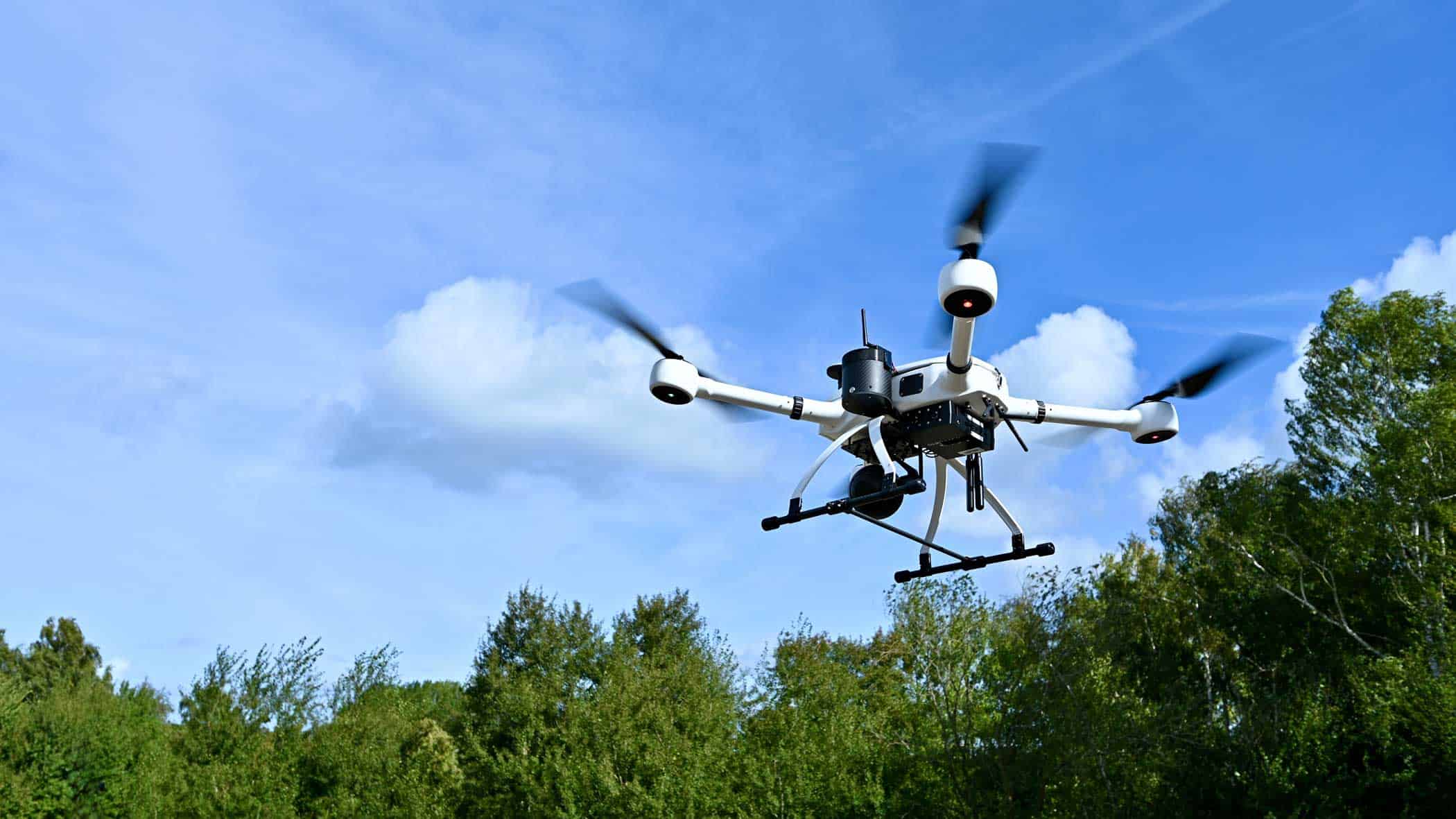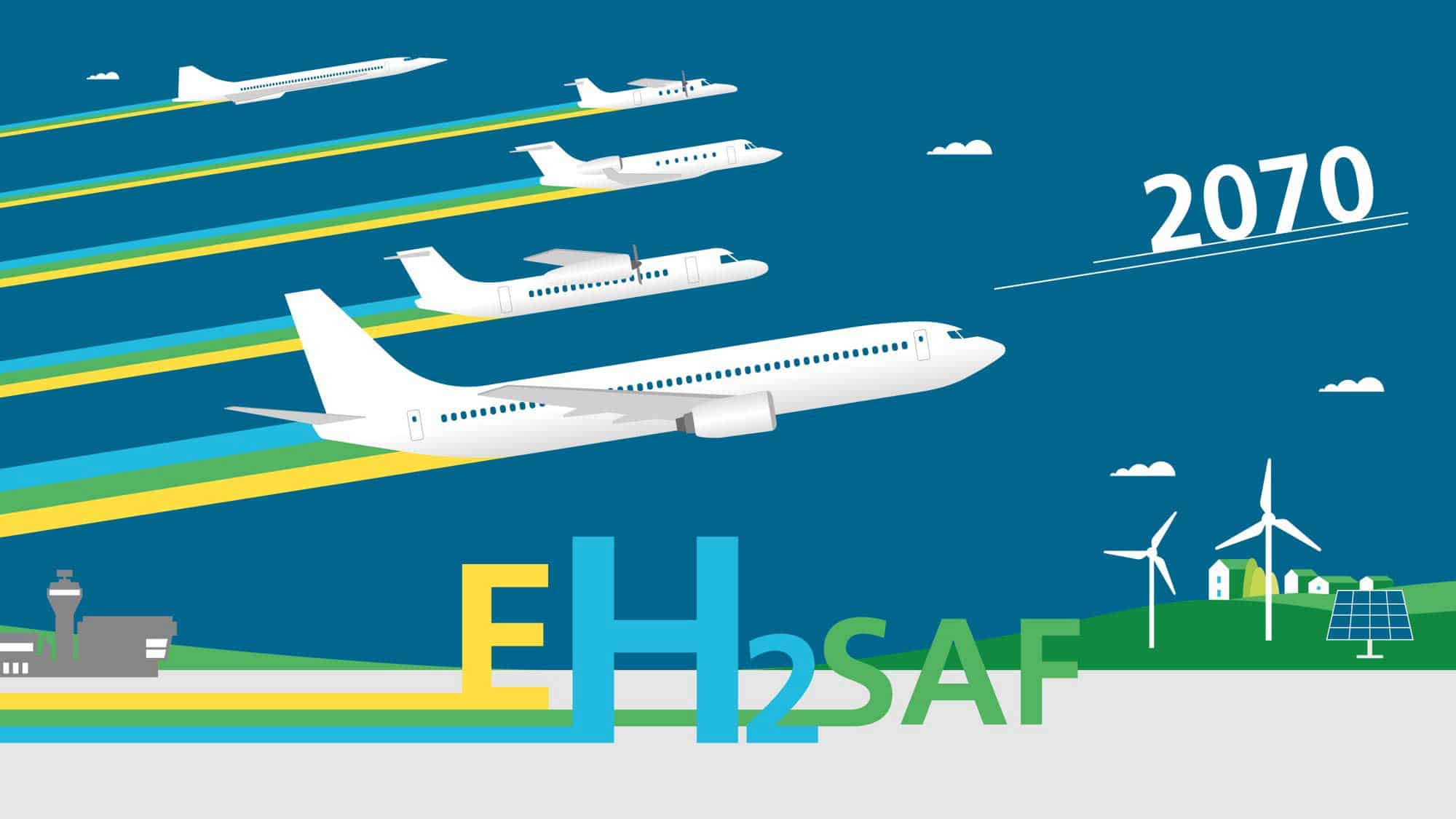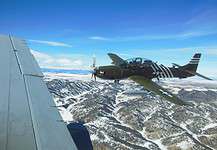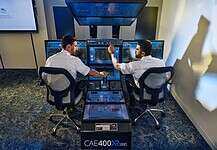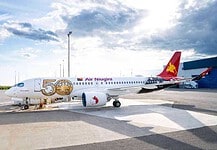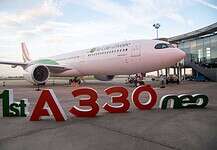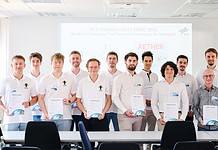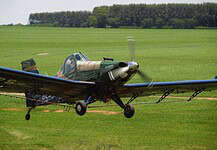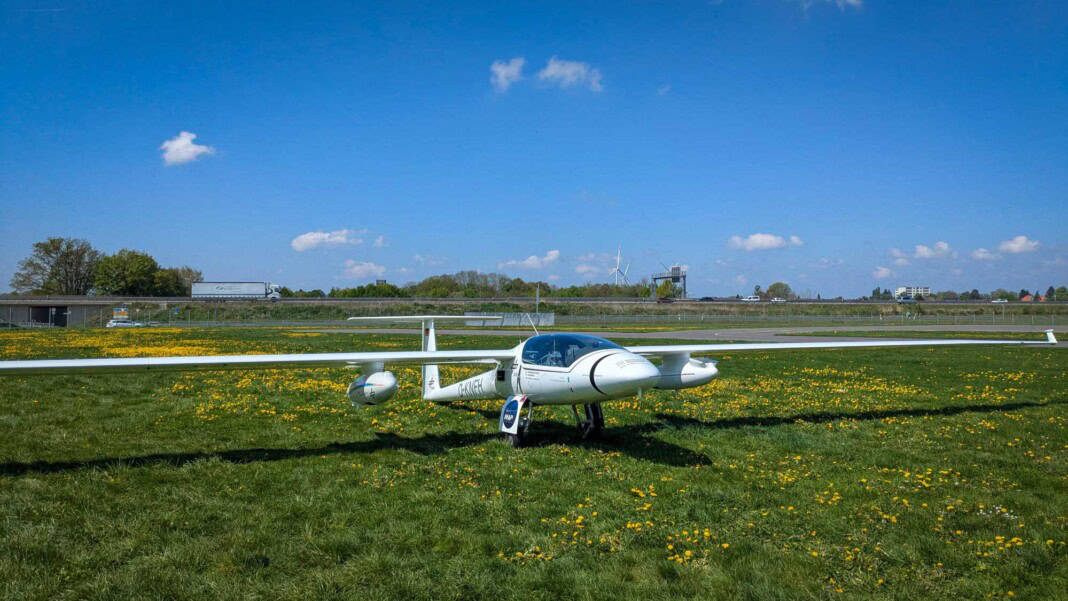
This site is also available on:
Deutsch
In the Westerwald region, police are using technological support to search for a suspect who is believed to have killed three people. The collaboration between Johannes Kepler University Linz and the German Aerospace Center is setting new standards in the use of modern technologies to solve crimes.
MACS camera system used in police search
German police in the Westerwald region are facing the challenge of searching for a suspect accused of killing three people in Weitefeld. To efficiently search this large forest area, an advanced MACS camera system from the German Aerospace Center (DLR) was deployed. This system, integrated into a research aircraft from Aachen University of Applied Sciences, mapped the almost 25 square kilometer area. Due to the high image acquisition frequency, 500 million pixels per second were processed in the RGB channel alone. The resulting more than 50,000 individual images with a resolution of four centimeters on the ground enable precise analysis.
Crowd-based data analysis
To efficiently analyze the gigantic amount of data, the team from JKU and DLR developed a method that detects color anomalies. This makes it easier to identify objects and people. An online crowdsearch was conducted with 160 volunteers, including students and staff from JKU, the Berlin University of Technology, and police officers from Rhineland-Palatinate. A total of 400 suspected cases were reviewed, of which 240 were classified as relevant and investigated by the police. According to the Koblenz Police Headquarters, the data did not provide any new clues, but the method is still viewed as a potentially useful approach to support investigative measures.
Airborne Optical Sectioning
In densely vegetated regions, the Airborne Optical Sectioning (AOS) technique, developed at JKU in 2018, is used. This technique makes it possible to visualize hidden objects by combining many individual images. The potential of AOS has already been demonstrated in the search for missing persons, wildlife observation, and forest fire detection. In conjunction with DLR’s aerial cameras, it is possible for the first time to apply AOS in a large-scale application and develop new ways of processing and presenting the results.
Knowledge exchange between research and security
Ralf Berger, Head of the Security Research Department at DLR, emphasized the importance of knowledge exchange between research and security authorities. Only through this exchange can technological innovations truly deliver operational benefits. Although the search has not been successful so far, the process has proven its practical suitability and demonstrates how seamlessly the collaboration between JKU and DLR works.
Johannes Kepler University Linz (JKU) and the German Aerospace Center (DLR) are leaders in the development of cutting-edge technologies. Together, they continuously strive to develop innovative solutions that address both theoretical and practical challenges and contribute to the optimization of security measures.

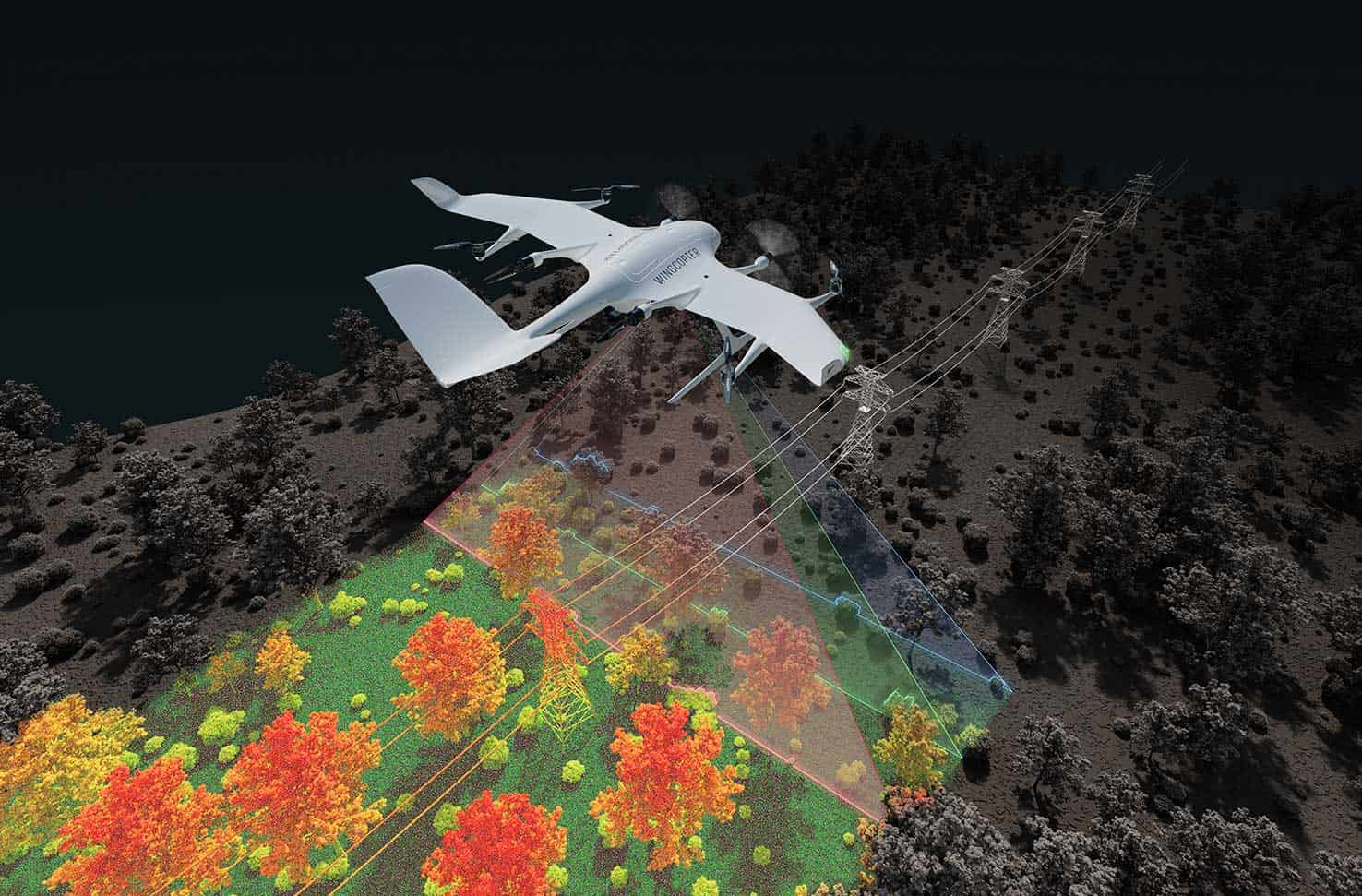 Wingcopter introduces new LiDAR survey drones (Wingcopter introduces new LiDAR survey drones)
Wingcopter introduces new LiDAR survey drones (Wingcopter introduces new LiDAR survey drones) United Airlines brings Starlink internet on board (United Airlines brings Starlink internet on board)
United Airlines brings Starlink internet on board (United Airlines brings Starlink internet on board) Rotor R550 Sprayhawk UAV receives approval in Brazil (Rotor R550 Sprayhawk UAV receives approval in Brazil)
Rotor R550 Sprayhawk UAV receives approval in Brazil (Rotor R550 Sprayhawk UAV receives approval in Brazil) Lufthansa integrates Apple AirTag for baggage tracking (Lufthansa integrates Apple AirTag for baggage tracking)
Lufthansa integrates Apple AirTag for baggage tracking (Lufthansa integrates Apple AirTag for baggage tracking) GA-ATS: Do228 flight simulator reaches level 2 (GA-ATS: Do228 flight simulator reaches level 2)
GA-ATS: Do228 flight simulator reaches level 2 (GA-ATS: Do228 flight simulator reaches level 2)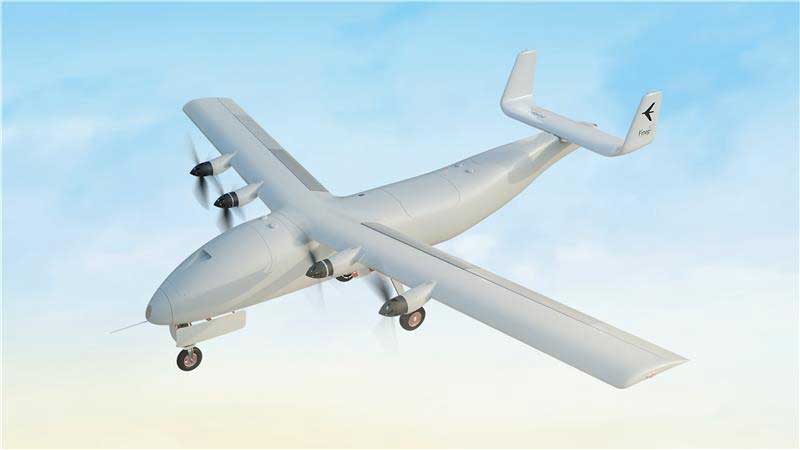 Embraer successfully completes wing stress tests (Embraer successfully completes wing stress tests)
Embraer successfully completes wing stress tests (Embraer successfully completes wing stress tests)